Is Ceramic Cookware Safe? A Guide to Ceramic Nonstick
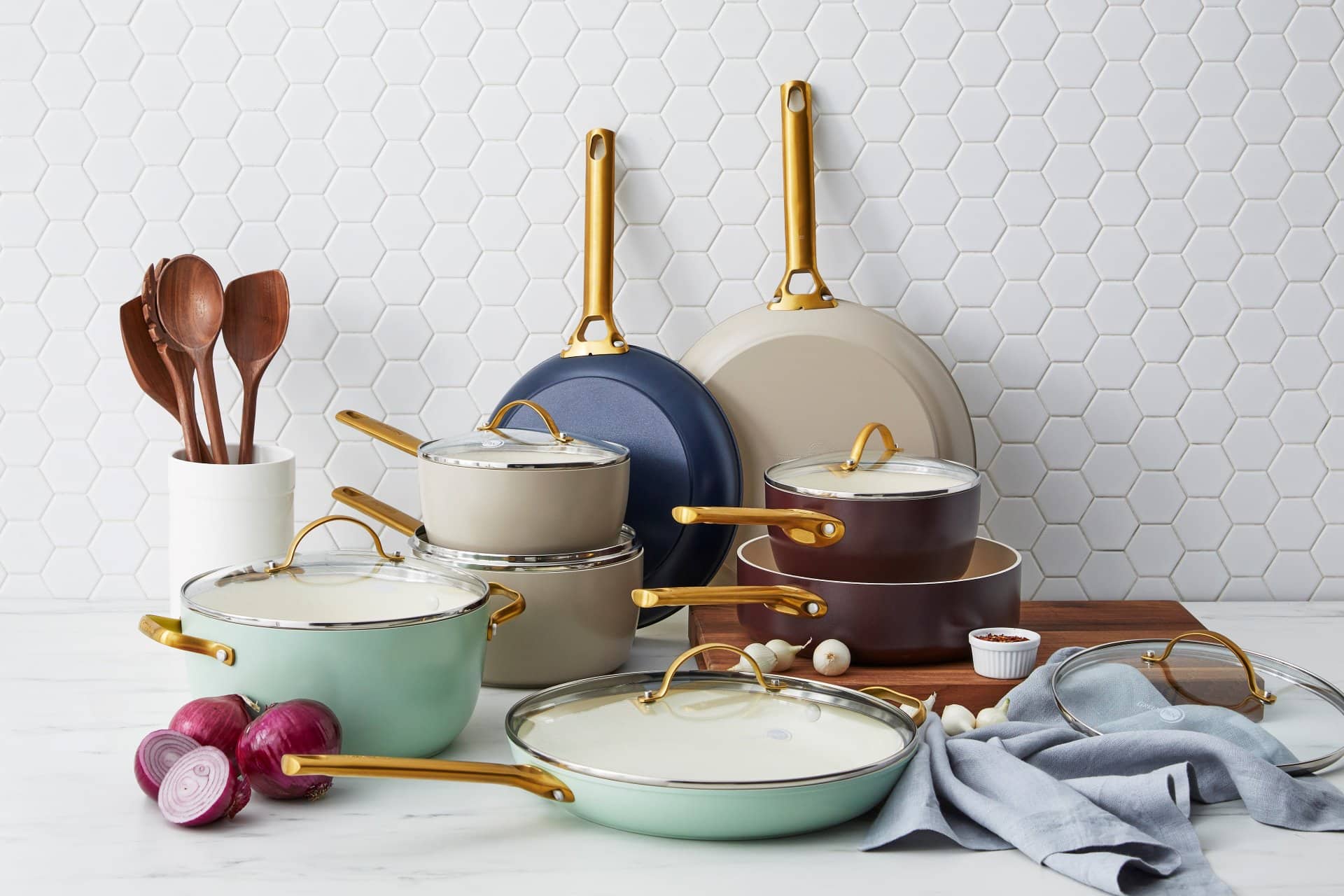
In the world of cookware, the choices can be overwhelming—stainless steel, cast iron, copper, nonstick and even ceramic. Each type comes with its own set of benefits and drawbacks, and some may be better suited than others for different tasks and cooking methods.
Ceramic cookware in particular has seen a surge in popularity recently, and for good reason.
It’s durable, versatile, eco-friendly and, perhaps most importantly, easy to cook with. Ceramic cookware, whether 100% ceramic or ceramic-coated, has a variety of benefits that can improve your culinary journey—from the actual cooking process to the taste of the food itself. It’s a standout choice for those looking to balance functionality and aesthetics while taking health and wellness into consideration.
Whether you’re a seasoned cook or just starting out in the kitchen, understanding the benefits of ceramic cookware and how to care for it can help you create delicious meals for yourself and your family.
In this guide, learn about the benefits of ceramic cookware, what it’s used for, how it compares to other cookware on the market and how it compares to the safety of other cookware materials.
Hungry for more? Shop our curated selection of ceramic nonstick cookware to find the next great piece for your kitchen.
What is ceramic cookware?
Ceramic cookware is a broad term used to describe pots, pans and bakeware made from clay, which is hardened by heat. This category includes 100% ceramic cookware, made purely from clay and water, and ceramic-coated cookware, which is a metal (like aluminum or stainless steel) coated with a layer of ceramic.
Benefits of ceramic cookware
Pure ceramic cookware is known for its heat retention and even heat distribution. It is often used for slow-cooked dishes, such as stews and casseroles. On the other hand, ceramic-coated cookware, with its durable nonstick coating, is well-suited for everyday frying and sautéing.
One of the significant draws to ceramic cookware is its aesthetic appeal. It comes in lots of shapes, sizes and vibrant colors and can be used as both a cooking vessel and serving dish, easily transitioning from oven to table. Other benefits of ceramic cookware include:
- Nonstick properties: Ceramic cookware has excellent nonstick properties, making it easier to cook foods without them sticking to the pan. This also makes cleanup a breeze, as food residue can be easily washed off.
- Heat distribution and retention: Ceramic cookware is known for its superior heat distribution, which means it heats up evenly, eliminating hot spots that can lead to unevenly cooked food. Additionally, it retains heat well, keeping food warm for longer periods.
- Versatility: Ceramic cookware is extremely versatile. It can be used on the stovetop or the oven, making it a great choice for various cooking methods.
- Durability: High-quality ceramic cookware is incredibly durable. It is resistant to scratches and chips, especially when compared to traditional nonstick coatings that can wear off over time.
- Eco-friendly and safe: Often marketed as a “green alternative” to traditional cookware, ceramic cookware is made with natural materials and does not release harmful fumes when heated. It is also free from PTFE and PFOA, two chemicals used in certain types of nonstick coatings that have raised possible health concerns.
- High-heat tolerance: Unlike Teflon, ceramic can withstand high temperatures without breaking down or releasing potentially harmful substances, making it safe for high-heat cooking.
- Low maintenance: Ceramic cookware requires minimal maintenance. Because food doesn’t stick readily, cleaning is typically as simple as a quick wash with warm, soapy water. It also doesn’t react with acidic or alkaline foods, which means you don’t have to worry about your cookware impacting the taste of your food or discoloring over time.
Best Types of Food and Cooking Methods for Ceramic Cookware
Ceramic cookware is incredibly versatile, suitable for a range of food types and cooking methods.
Its excellent heat distribution makes it ideal for tasks that require consistent temperature, such as simmering soups, braising meats and baking casseroles. The natural nonstick properties of a ceramic coating also make it good for frying and sautéing, although it may require a bit more oil than a traditional nonstick pan.
One standout characteristic of ceramic cookware is its heat retention. This makes it perfect for slow-cooked dishes that need to stay warm for extended periods. This includes stews, casseroles and even baked goods like bread and cakes.
It’s also a great choice for dishes that start on the stove and finish in the oven (or vice versa). For example, you can use ceramic cookware to sear meat on the stovetop and then transfer it to the oven to finish cooking. You can also use it to cook dishes like lasagna and other baked pasta dishes, which require both stovetop and oven cooking.
Ceramic Cookware vs Nonstick Cookware
Ceramic cookware and traditional nonstick cookware, usually coated with substances like Teflon, are both popular choices for their ease of use and cleaning. However, they differ in several key areas.
Nonstick cookware, specifically Teflon-coated, is known for its excellent nonstick properties, which can make cooking delicate foods like eggs or pancakes a breeze. However, Teflon can start to break down at high temperatures (above 500°F), potentially releasing harmful fumes. The nonstick coating can also wear off over time, especially when used with metal utensils.
Ceramic cookware, on the other hand, can withstand higher temperatures without breaking down, making it a safer choice for high-heat cooking. The ceramic coating is naturally nonstick, and while it may not be quite as slick as a brand-new Teflon pan, it is more durable and resistant to scratching. Ceramic cookware is often marketed as a greener and healthier choice because it is free from PTFE (the active ingredient in some nonstick coatings) and PFOA, two chemicals that have raised possible health concerns.
Is ceramic cookware safe?
Ceramic nonstick cookware is generally considered safe for cooking, as it does not contain the same potentially harmful chemicals found in traditional nonstick coatings, like PFOA and PTFE. Ceramic nonstick coatings are typically made from natural materials and are free from toxic chemicals, making them a healthier option for cooking.
However, it’s important to note that not all ceramic nonstick coatings are created equal.
Some ceramic nonstick coatings may contain lower-quality materials that can be less durable and prone to scratching. Additionally, some ceramic nonstick coatings may contain small amounts of heavy metals like lead or cadmium, which can be harmful if ingested in large quantities.
To ensure the safety of your ceramic nonstick cookware, it’s important to choose high-quality products from reputable brands that are tested for safety and durability. Look for cookware that is free from harmful chemicals and heavy metals.
How to care for ceramic cookware
While ceramic cookware is durable and easy to care for, there are a few things to keep in mind when using and cleaning it to ensure it lasts as long as possible. Here are some tips for cleaning and maintaining your ceramic cookware at home:
- Avoid metal utensils: While ceramic cookware is durable, it can be scratched by metal utensils. Instead, use wooden or silicone utensils to avoid damaging the surface of the cookware.
- Allow to cool before washing: After cooking with ceramic cookware, allow it to cool before washing it. Placing hot ceramic cookware in cold water can cause it to crack or warp.
- Store carefully: When storing ceramic cookware, avoid stacking it to prevent scratches and chips. You can hang the pots and pans from a pot rack or store them in a cabinet with protective pads in between each piece.
- Heat slowly: While ceramic cookware can withstand high temperatures, it’s recommended to start with low to medium heat and gradually increase the temperature as needed. This will ensure that the cookware heats evenly and prevents any sudden changes in temperature that could damage the ceramic.
- Check for chips and cracks: Before using your ceramic cookware, inspect it for any chips or cracks. If you notice any damage, it’s best to replace the cookware to avoid any safety issues.
Hungry for more? Shop our curated selection of ceramic nonstick cookware to find the next great piece for your kitchen.

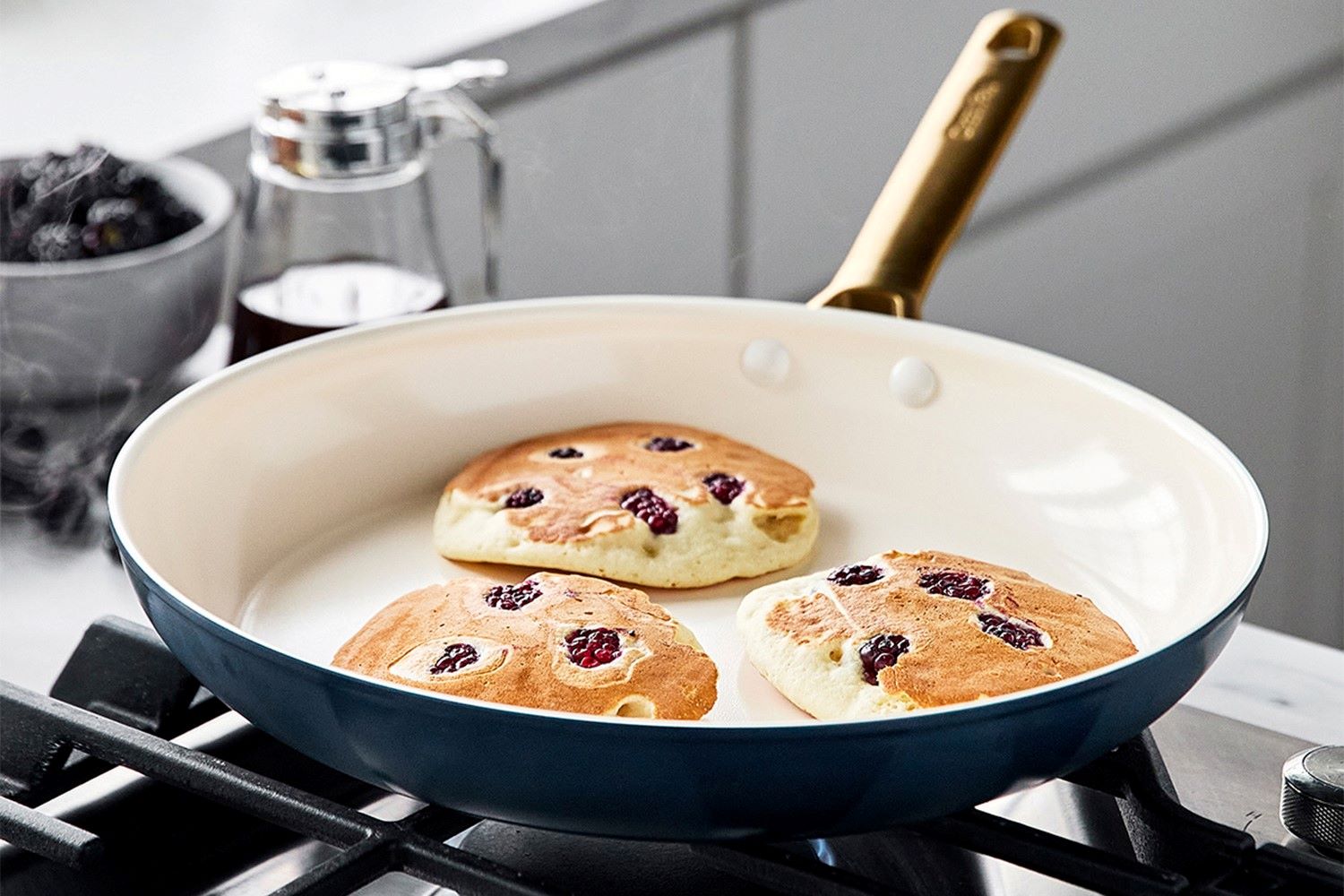
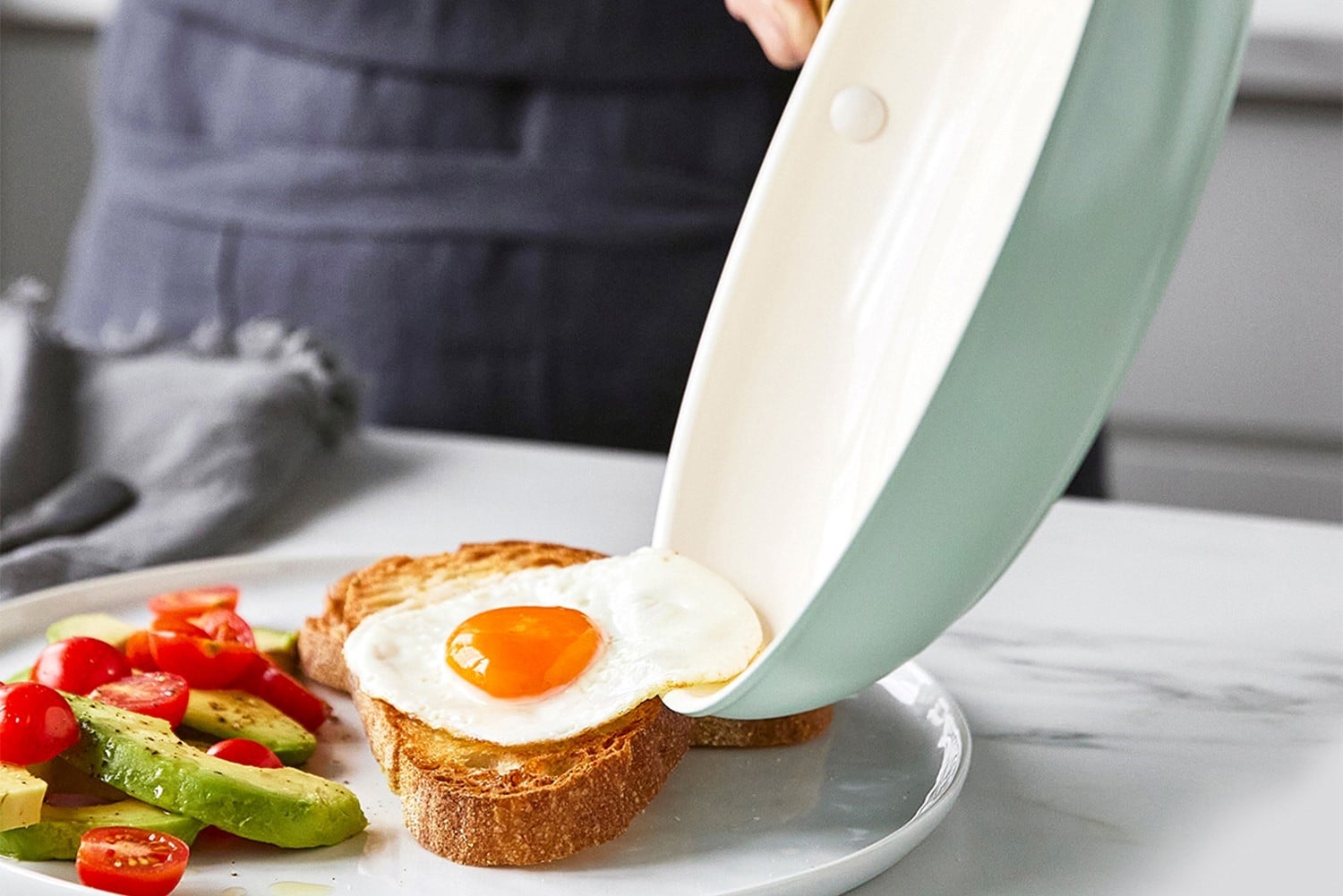
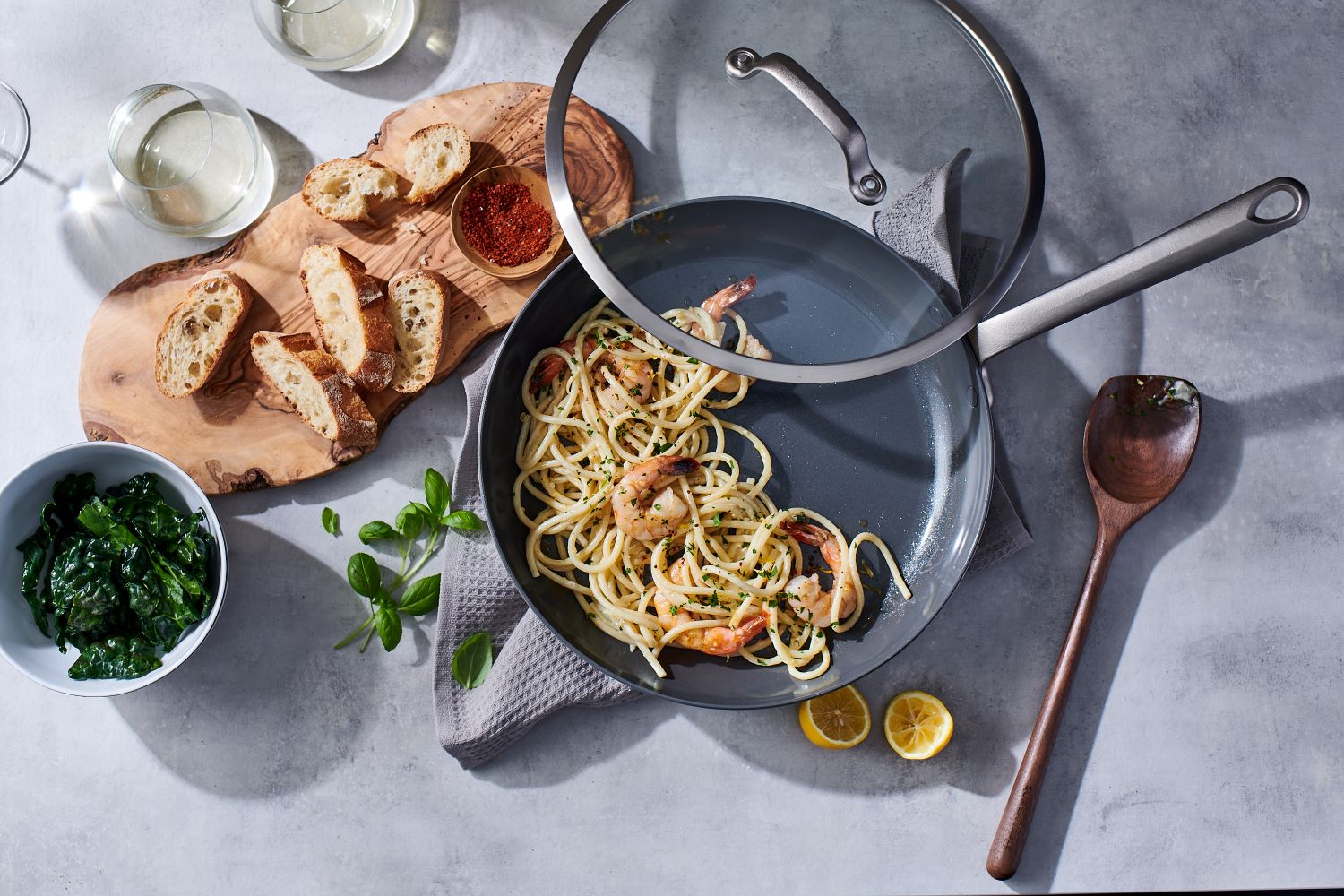
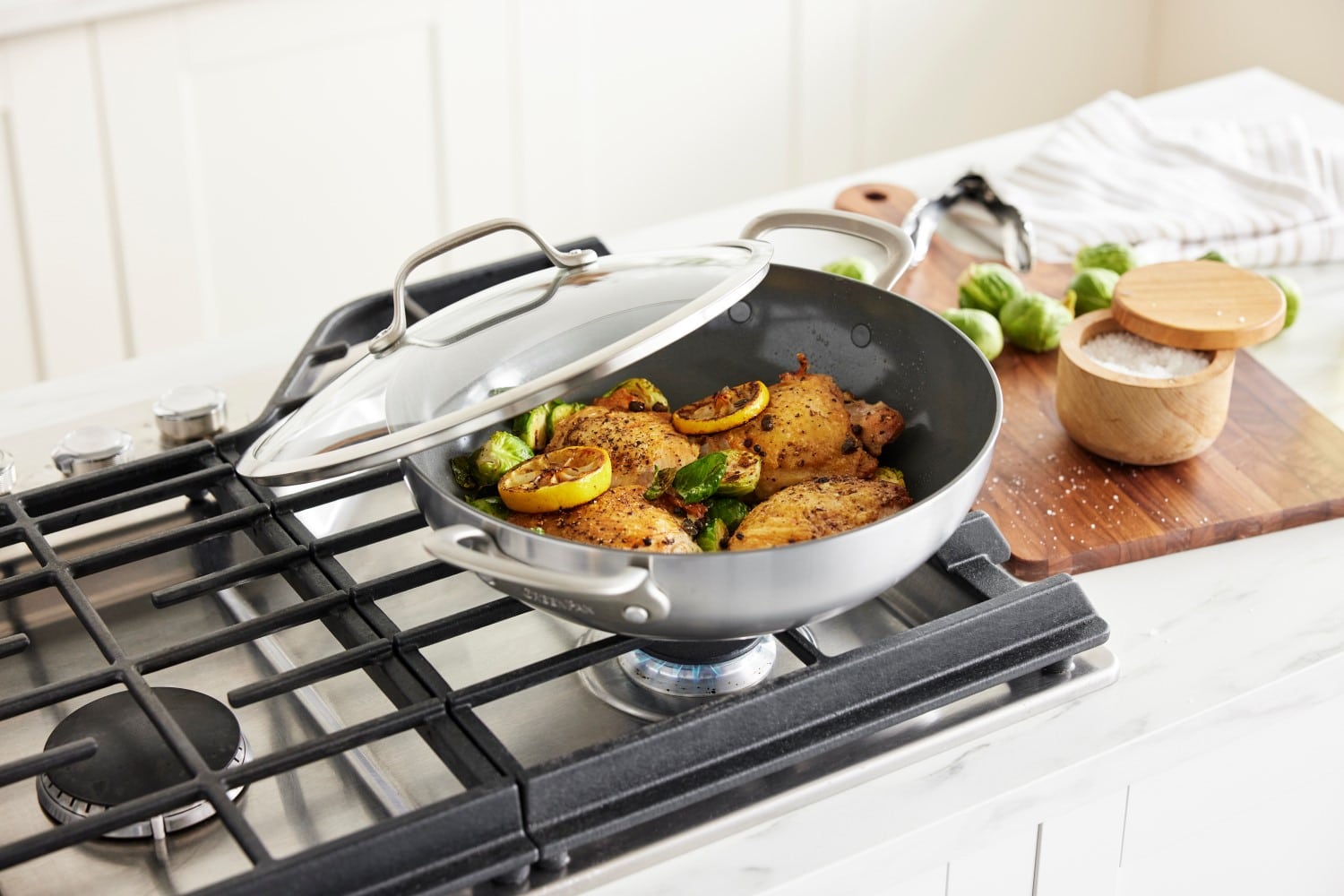
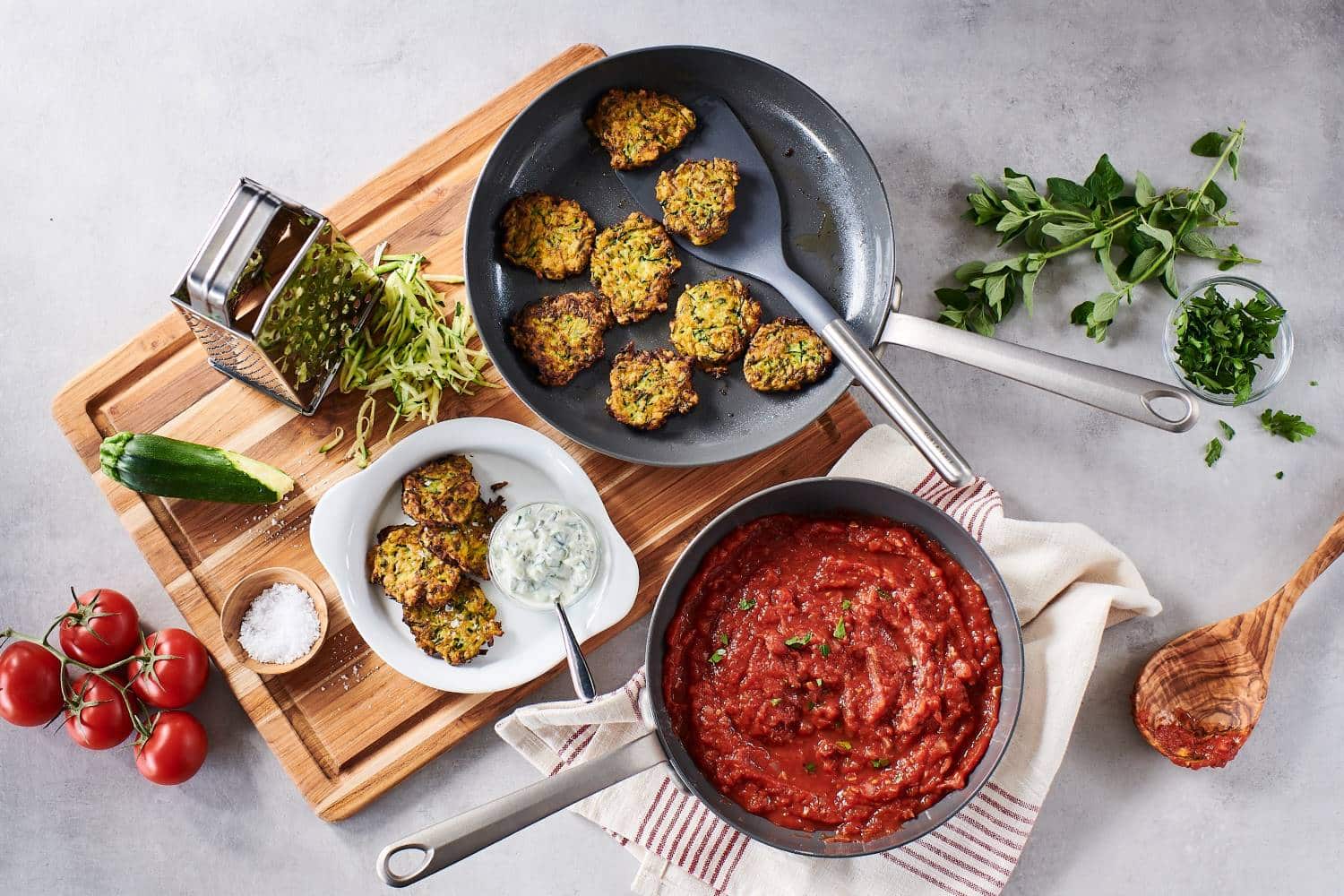


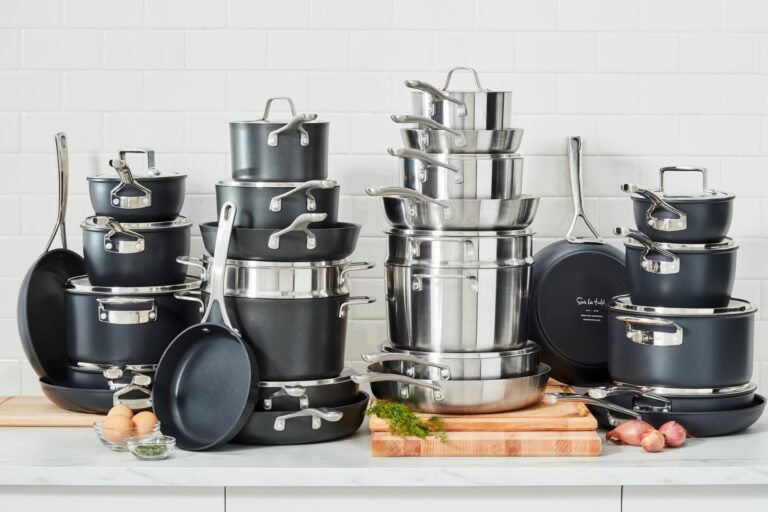

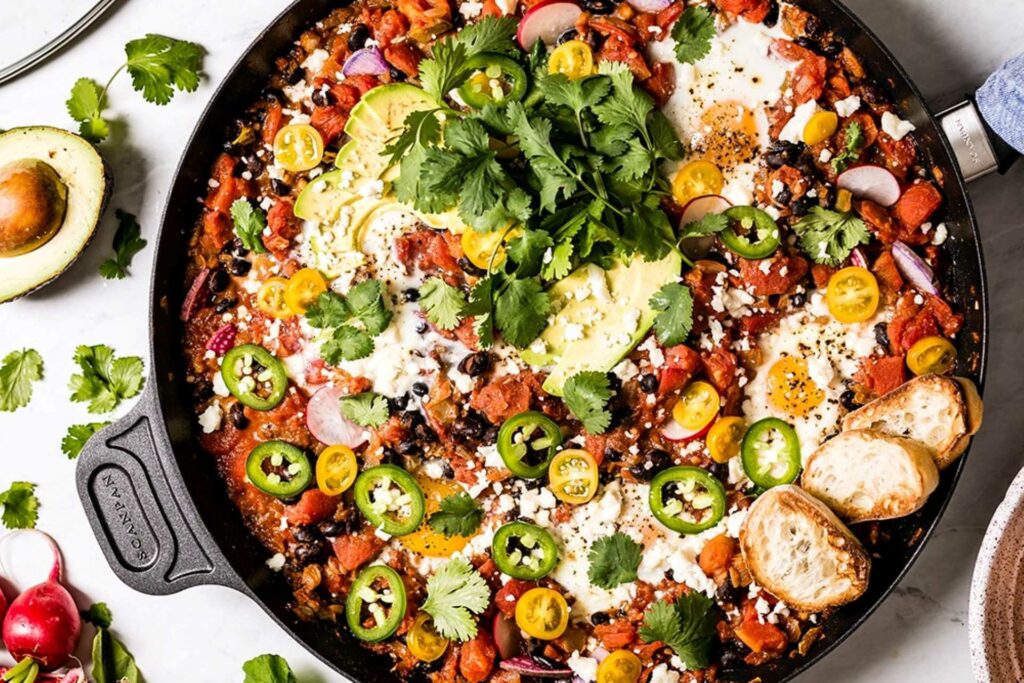
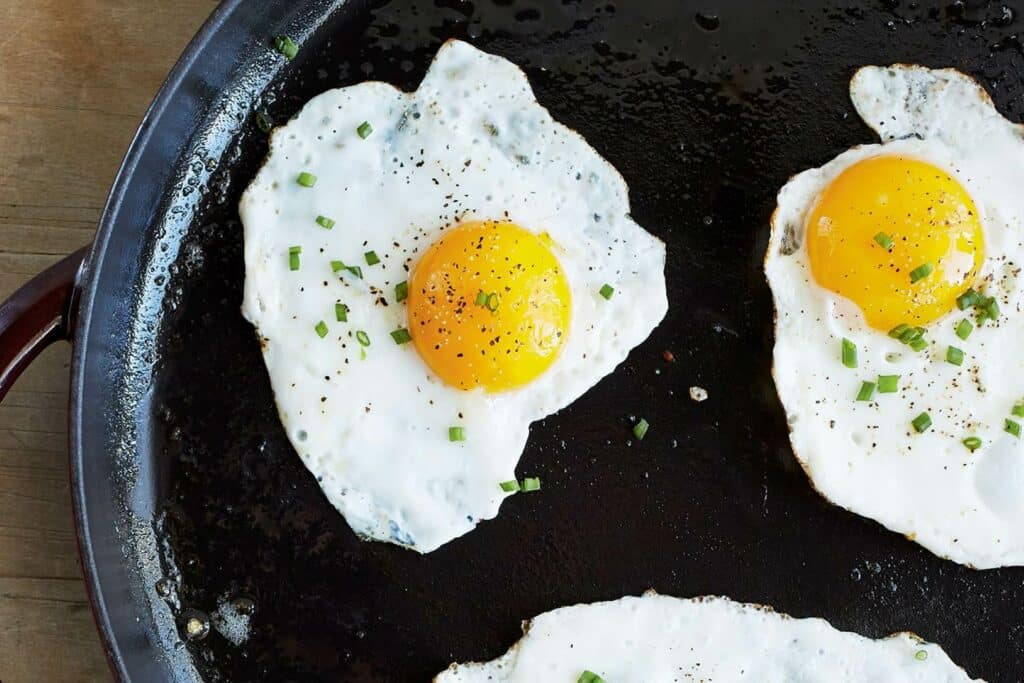
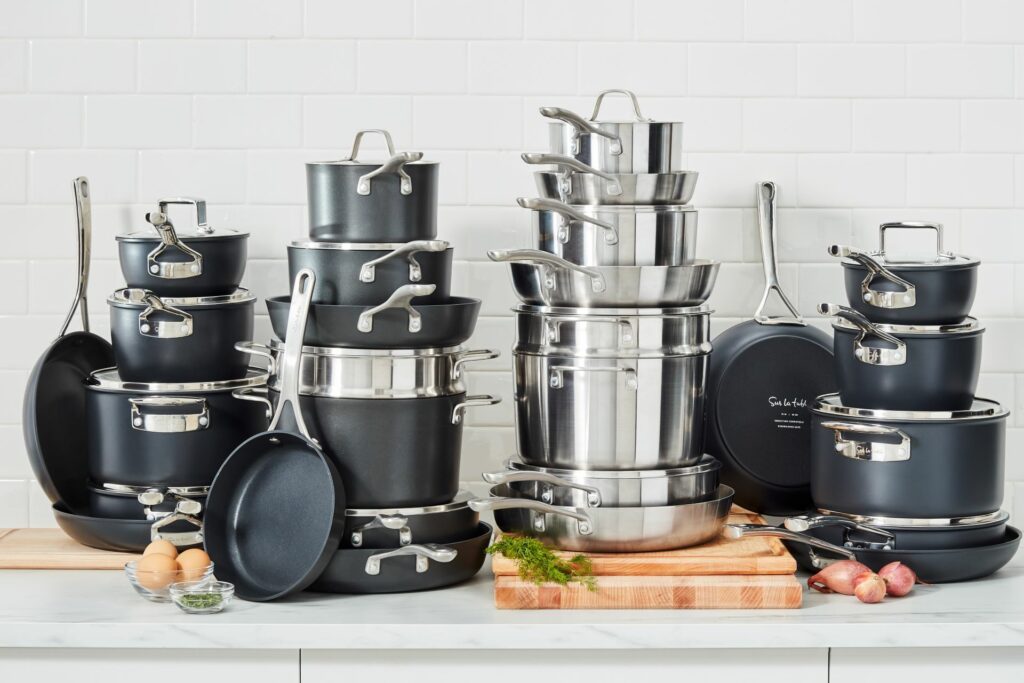

Our non-stick pan is a pleasure to cook with but almost impossible to clean especially after eggs. HELP.